DPD is taking part in a fleet data collection pilot programme with Wayve to help mitigate risk.
The companies are working together to explore how innovations in computer vision and machine learning can be applied to existing fleet and delivery operations to increase the safety of urban deliveries.
Data-collection devices have been deployed on 50 DPD vans in Greater London, which will enable Wayve to collect driving data from vans during their normal operations.
“Real-world driving data is fundamental to building the core capabilities of Wayve's technology and we have built industry-leading expertise in the collection and utilisation of fleet-scale data,” said Alex Kendall, Wayve CEO.
“Working with DPD is an incredible opportunity to accelerate the collection of peta-byte scale datasets that expand our coverage in more areas of the UK and helps us improve the safety and driving intelligence of our technology.”
Wayve’s camera-first system, which works off of 4G connectivity, provides a 360-degree surround view of the vehicle with zero impact to the vehicle operator.
Max Glaisher, senior product manager for innovation at DPD UK, said: “DPD’s delivery fleet drove over a 156 million miles in 2018, covering 96% of the UK road network on average, at least once a month.
“Working with Wayve, we plan to use this data to improve insurance claim handling for vehicles on the road.”
Wayve has been developing its AI-driven autonomous mobility technology for the past four years, including on-road testing in multiple cities in the UK.
The pilot programme will allow Wayve to collaborate closely with a last-mile delivery customer on fleet learning technology that will help large-scale operators enhance fleet safety.
Andrew Morgan, insurance and risk manager at DPD UK, added: “We are excited to collaborate with Wayve, an industry leader in AI and machine learning, as we continue to explore the use of cutting-edge technologies to support our insurance and risk teams.
“Through this pilot, we aim to learn how advanced vision-based technologies can be applied to enhance the safety of our fleet for drivers, and other road users.”

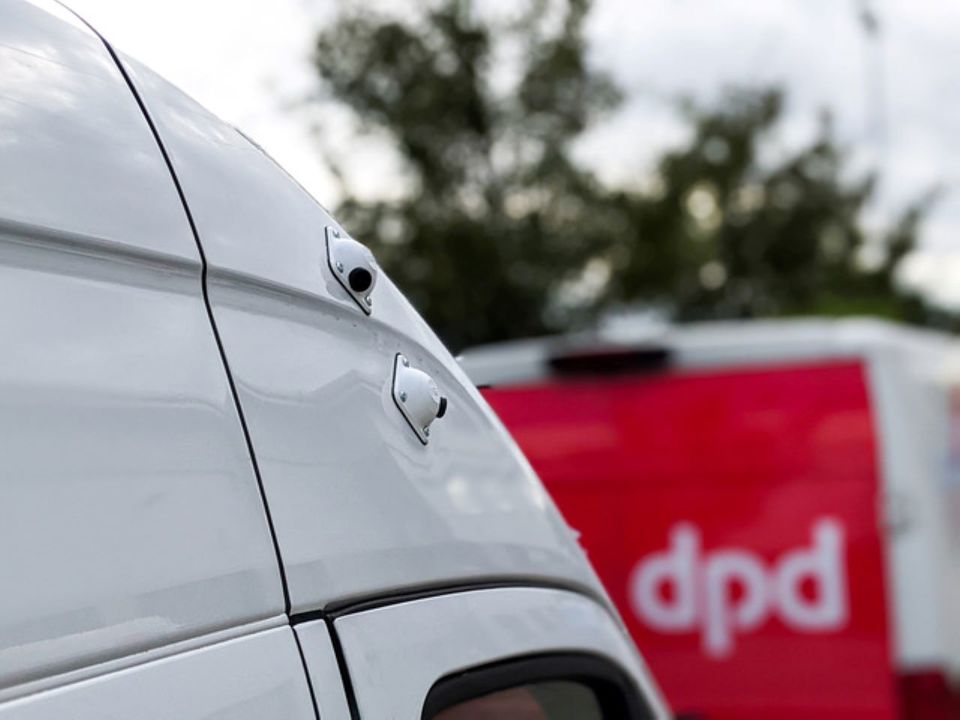




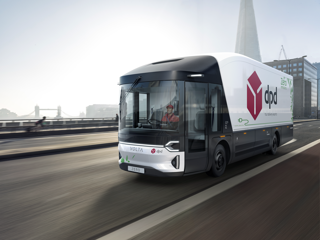
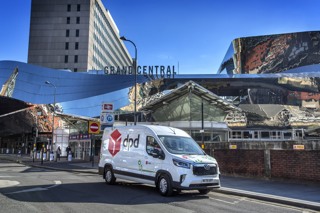
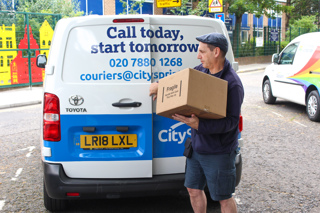

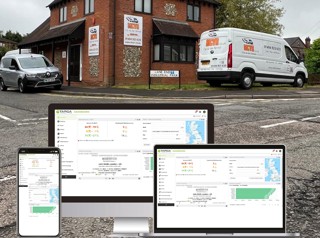












Login to comment
Comments
No comments have been made yet.